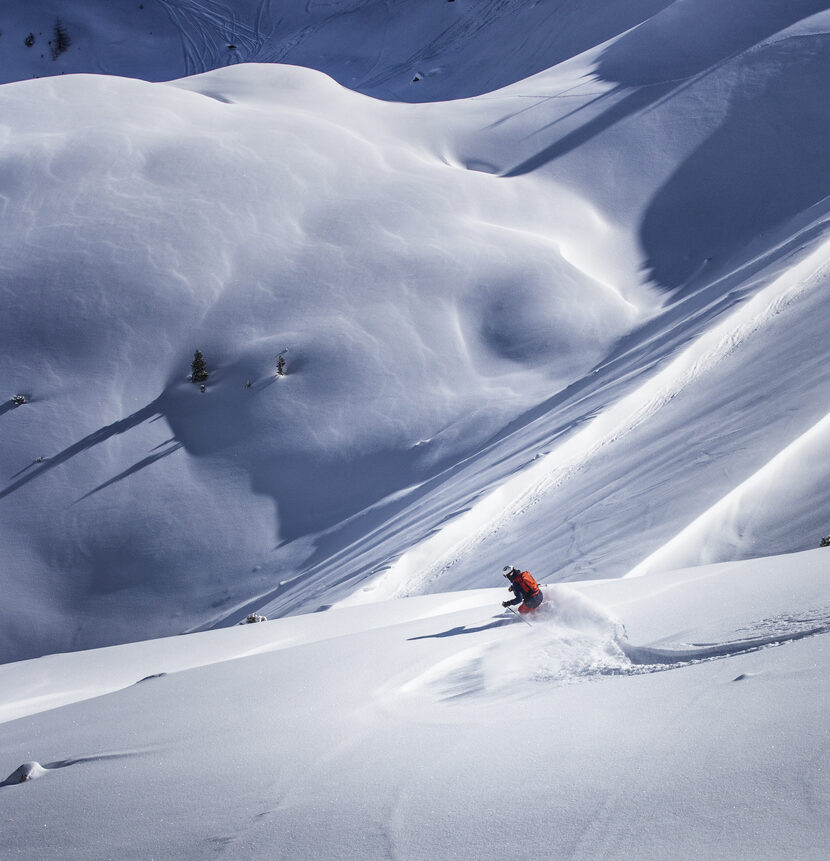

What is snow safety? Avalanche Avoidance, Off-Piste safety, Avalanche Safety? It’s a potentially confusing term because it’s used by a range of folks from meteorologists to motoring organisations, all of whom have a very different take on what it means to be snow safe.
At the Republic, we have our own interpretation, for Snow Safety Basics. It’s more a practice in self-awareness than a ticking of boxes. Here’s what you need to keep in mind when heading into FreeRide terrain.
The mountains give so much but they can also take away. The best way to stay safe and get the most from your FreeRide adventures is to show some respect. Hopefully, the mountain will respect you right back. At the very least, you should read the weather report & avalanche bulletin before heading out as well as study the aspect, angle and elevation of the terrain you plan to drop. #NeverStopLearning
FreeRide is at the extreme end of recreational snow sports. To get the most from your FreeRide adventures you need to prepare both physically and mentally. To make good decisions and perform at your best, being in the right headspace is just as important as being hydrated. Getting in shape before you drop will not only keep the shred alive but will also reduce the risk of injury. #TrainHardRideEasy
Protection is personal and some people have strong views about where to draw the line between safety and freedom of choice. At the Republic, we take the Free in FreeRide seriously and don’t want the way we enjoy the mountains to become overly regulated. However, there are some steadfast rules we do stand by:
Part of being free is setting your own limits and boundaries. Don’t feel you have to ride a line because everyone else is doing it. Follow your own instincts, set your own risk profile and know when to say ‘no’ to yourself and those you ride with.
The mountain can be a seriously hostile environment. Always consider what is the worst that can happen and plan & gear up accordingly. If you don’t like the consequences of the worst case scenario, don’t have the skills or equipment to mitigate the risk, or just don’t feel the stoke then choose another line or even another mountain.
Our Snow Safety Basics come from a growth-mindset, so keep learning, stay humble, and you’ll be on-track for a good time.

Explore the themes below to find the best home for the content you want to learn about: